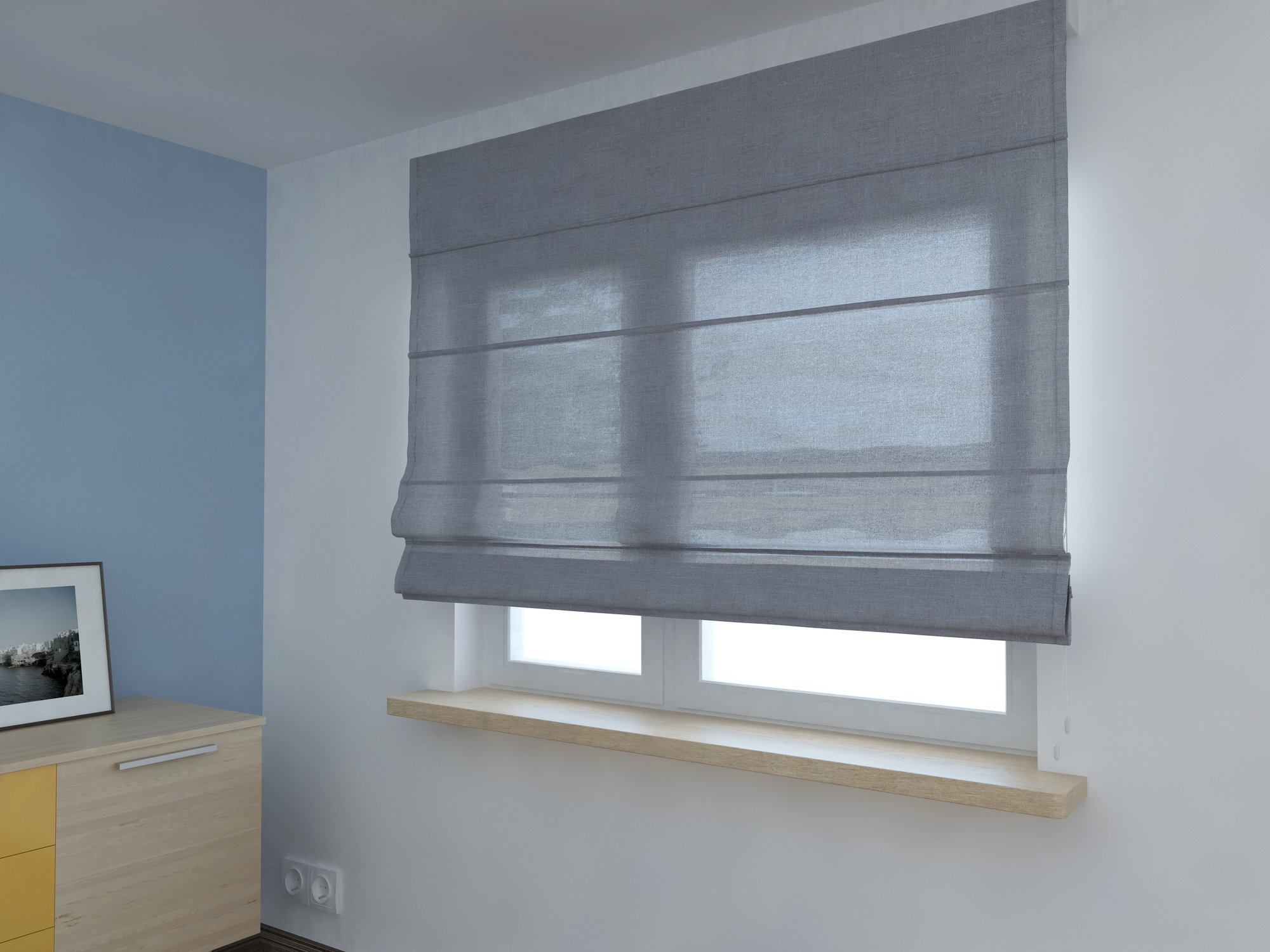Did you know that in 2021, the HVAC systems market in the United States was worth USD 16.54 billion?
Have you finished running your HVAC system, but it isn’t heating up? Or perhaps your system keeps blowing hot air or running loudly. It’s time to look closer at the problems occurring.
We have at least four common HVAC problems to keep an eye out for. The sooner you catch them, the easier they’ll be to fix.
Keep reading to learn about the most common HVAC troubleshooting problems and how to fix them.
1. Thermostat Issues
Thermostat issues are one of the most common HVAC problems. When the thermostat is out of calibration, it can lead to poor temperature regulation and other problems. To troubleshoot thermostat-related issues, you should check the wiring to ensure it is appropriately connected.
If any of the wires are disconnected, you can reconnect them. If the wiring is not the problem, you may need to replace the thermostat or the batteries. Lastly, checking the thermostat’s settings is essential to ensure they are in the correct range.
Adjusting the temperature setting can help to regulate the temperature. Consider air conditioning installation here if you have a broken HVAC system and want to fix it.
2. Blocked & Leaking Ducts
When it comes to HVAC troubleshooting, blocked and leaking ducts are perhaps one of the most common problems. Generally, blocked ducts occur due to dust, fungus growth, and dirt buildup in the air ducts, broken seals, exposure to extreme temperatures, or incorrect sealing of the can cause leakage events.
If left unchecked, these problems can lead to air not circulating correctly and a drastic drop in the overall efficiency of the HVAC system. Thankfully, these issues can quickly correct with the right tools.
Disconnect the ducts, inspect for debris or damage, clean the trash, make necessary repairs, reseal the vents, and reconnect them.
3. Air Handler Problems
Air handler problems are common when it comes to troubleshooting HVAC problems. If the air handler is producing strange noises or air isn’t flowing from the vents as expected, there are a few troubleshooting steps you can take.
First, check the air filter for debris or damage. You should also inspect and clean the blower assembly. Additionally, check the ducts for restrictions and ensure the fan is set correctly.
If poor airflow persists, the issue may be with the motor. Unplug the power to the air handler and remove the access panel. Inspect the engine and replace it if necessary.
4. Dealing With Bad Smells
Dealing with foul smells from an HVAC system can range from mold or mildew to burning dust that circulates the vents. The first step to troubleshooting is identifying the rotten smell’s source. This may involve looking for mold or mildew growth, checking the air filter, and inspecting other venting and insulation.
Consider hiring a professional to inspect the system if the source cannot be located. The second step addresses the problem, ranging from identifying and cleaning the mold or mildew, replacing the air filter, repairing any leaks, and cleaning or replacing the venting.
Understanding HVAC Troubleshooting
HVAC troubleshooting can save you time and money and help you avoid more significant issues. This article discussed four common HVAC problems and how to fix them. If you would like to learn more ways to troubleshoot, contact an HVAC professional today!
Did you find this article helpful? Check our site today for more information.



